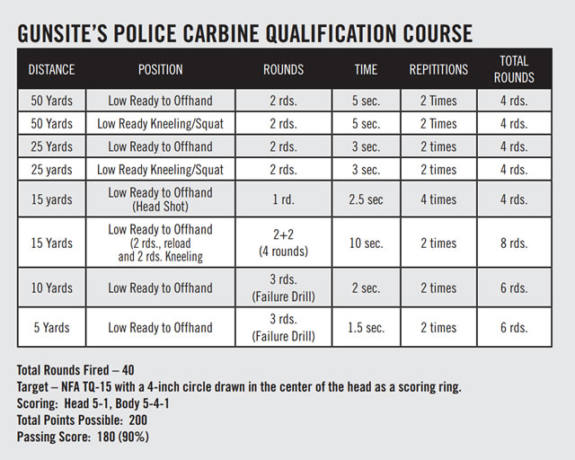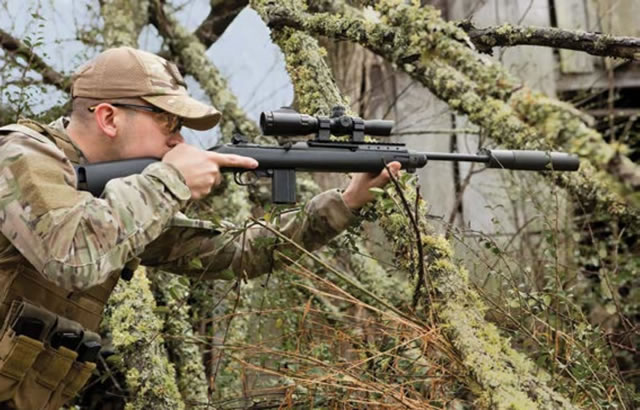
Article by Ken Campbell in Tactics and Preparedness Magazine
The Patrol Rifle is now a commonly issued piece of law enforcement equipment and many citizens recognize the superiority of defending with a rifle when circumstances permit.
An AR-15 variant is the norm. They are utilitarian rifles made to take the rough and tumble life of patrolling in harsh weather, living in a police cruiser or defending a home. Of course, soldiers and street cops can find a way to break an anvil with a rubber mallet, so durability is important.
When I came on the job as a deputy sheriff in 1979, we were issued a S&W Model 10 or 15 with a dump pouch or belt loops, a Remington 870 or Winchester shotgun and an oak straight stick baton to accompany a sap. You got the job done with the tools at hand. Many tools were not issued, but supplied by the officer or deputy. That is still the case in some jurisdictions today.
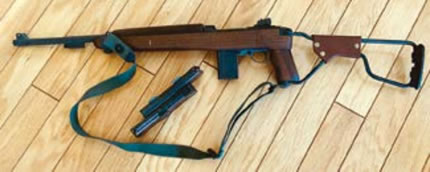
As a high schooler hanging out at “Mel’s Shell,” I paid attention to the local deputies stopping in to fuel their cruisers. I admired their gear and enjoyed listening to their tall tales. I recall a nickel plated “patrol rifle” affixed to clips on the driver’s door of a big Ford. It was an M1 Carbine Enforcer with 2 x 30 round magazines taped together. That deputy could pull in, shove that door open and produce that big “pistol” in a flash. That was my first introduction to a police “patrol rifle”. A couple of the other deputies also had lever action rifles stashed in the trunk. I still have a great memory of Dean, a tanned deputy with a pencil thin mustache ala Sheriff Justice in “Smokey and the Bandit”. A few years later I was that deputy, and we took training seriously. Much of it was on our own time and on our own dime. A few of us thought we needed something more than the Remington 870 and the spiffy new Model 66 S&W revolvers with speed loaders. We were on deputy pay, married with kids and a dog, house payment, car payment, etc. and the pricey Colt AR-15 was only available in our vivid imaginations. Fortunately, about that same time, the restrictions on re-import of U.S military arms was loosened. M1 Carbines were plentiful and affordable. They had been produced for all U.S. military branches in WWII and had outfitted allies all over the world for decades. We looked through “Shotgun News” and “The Gun List” at Sarco and other sellers, watching for the best deal while we worked extra jobs to save. Hours were spent with a marker circling best prices.
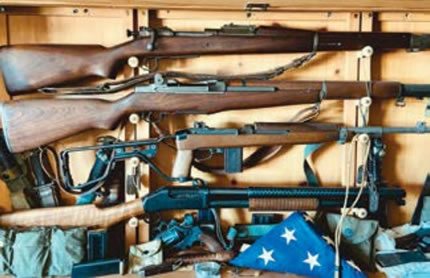
After months of searching, the time finally came when we had the bargain found, and the money squirreled away, so another officer and I ordered our Inland M1 Carbines (Blue Sky Imports). We also ordered multiple 30 and 15 round magazines and a case of ammo. We were like Ralphie in “A Christmas Story” on Christmas morning when our new “patrol rifles” arrived. Off to the range with the ammo, magazines and rifles we went, getting some semblance of a zero.
The statute of limitations has expired and both of us have long since retired, so I can admit that we violated multiple department protocols carrying the unissued rifles with no official qualifications on record. This was another option in our tactical tool box for us to make use of should the proverbial feces hit the oscillating cooling mechanism.
We shot them as often as we could afford the ammo that we found at gun shows. They were “stock” rifles with full wood stocks, slings and sometimes the stock magazine pouches holding two 15 round magazines.
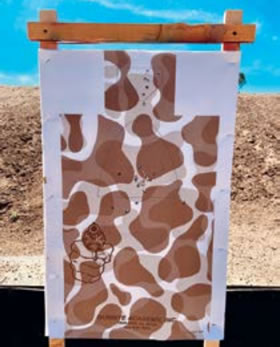
Fast forward a few more years and I became an adjunct instructor at the famed Gunsite Academy. Gunsite offers onsite courses and off-site three-day courses in firearms disciplines including Carbine. I can’t tell you how many M1 Carbines I have seen successfully complete the three day course (a few in the five day course at the Gunsite Ranch as well). While it doesn’t have the options available that an M4 or SCAR offers, it will do the job if you are up to it. They are still out there, and still in use, just more valuable than they were back then.
Barret Tillman is credited with saying: “You do not rise to the occasion; you default to your level of training.” I have always believed that and recommend your drills with the carbine include: single shots, a standard response, a controlled pair, a hammer pair, a failure drill and a non-standard response.
The M1 Carbine is operated similarly to the AK in some ways and similar to the AR in others. The magazine catch is located and operated similarly to the mag release on an AR and the mags slide in and out vertically like they do with an AR. The operating slide (charging handle), however, is configured like an AK, and is best accessed with the nonfiring hand while rotating the rifle (with the firing hand) either charging handle up or charging handle down. The safety must be deactivated to fire and unlike an AR where the thumb may rest on top of the safety to press it off, the M1 Carbine safety lever is at the right (standard) front of the trigger housing and oriented down for “safe”. You can guard the safety with your index finger, and sweep it up and off in a pulling motion that ends with your finger on the trigger when you have made the decision to fire.
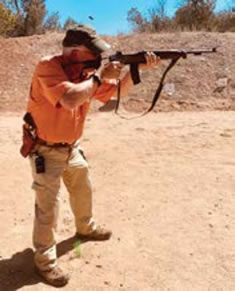
The single shot is used when a precision hit is necessary. The standard response is two shots to center of mass (High Chest). The Controlled Pair is used when precision or distance is an issue. You have a sight picture sufficient for the situation, acquire the sight picture and sight alignment and press the trigger straight to the rear. A second sight picture is immediately acquired and after the trigger is reset, another straight press to the rear. Again, acquire another sight picture and trigger reset (Follow through on sights and trigger) and prepare to reengage as necessary. The Hammer Pair is for close range (typically, 15 yards and in with a carbine). Acquire your flash sight picture and press the trigger twice with alacrity. Follow through on the sights and trigger after the second shot. Your secret to making this work is a solid stance and proper mount of the carbine in your shoulder and cheek weld. You control the gun–not the other way around.
The Failure Drill is two rounds center mass (Controlled Pair or Hammer Pair) followed by an immediate search for the head. If the head is (still positioned) there (your chest shots failed: you missed or body armor defeated your projectiles), shoot a single shot to the eye sockets. As we say at Gunsite: “Do not hesitate. If the threat is still standing and a brain shot is feasible, do not spend the rest of your life waiting for a perfect shot.”
With the AR series of carbines, there is an issue with mechanical sight off-set. That is, you must hold over your point of impact by about 1.5 to 2.5 inches to allow for the distance of sights over bore. The M1 Carbine has a distinct advantage here as the sights basically sit immediately on top of the barrel. The non-standard response (NSR) is a viable response if the failure drill is not an option. The NSR might be thought of as an “extended hammer.” Once you have the sight picture, shoot until the problem is solved. It is almost a burst. The number of rounds fired is situational. You must control the low recoil of the .30 caliber carbine round as you are responsible for each and every round fired. Again, your stance and mount of the carbine is essential.
After the engagement, you need to lower the carbine below your line of sight and assess. Look to be sure your opponent is out of the fight and look for other adversaries. Also assess the condition of your carbine to be sure it has not malfunctioned. Eventually, you will want to activate the safety again.
Training and practice with the M1 Carbine includes the four safety rules:
- All guns are always loaded
- Never let the muzzle cover anything you are not willing to destroy
- Keep your finger off the trigger until your sights are on the target
- Identify your target and what is behind it.
It also includes maintenance and safe, dry and live fire training. Our Police Carbine Qualification Course of fire is not intended to be easy. The M1 Carbine can do it. Can you? This course is “doable” on most ranges and is not ammunition intensive.
The M1 Carbine was made for fighting in World War II, with more than six million reportedly produced and more made after the war. If you don’t have one, there is a good chance a friend or family member does. This compact, rugged rifle has continued to serve long beyond the 1943 manufacture date of mine. It is light, versatile and handy and can still punch holes in dangerous people or animals when the need arises.
BIO
Ken Campbell spent 35 years in law enforcement at a Midwest sheriff’s office, working communications, corrections and enforcement and served two terms as the elected Sheriff. His training included: hazardous materials, accident reconstruction, SWAT and K9. Ken served as an adjunct instructor, and chief operating officer at Gunsite Academy (www.gunsite.com) and currently serves as Gunsite’s CEO.
